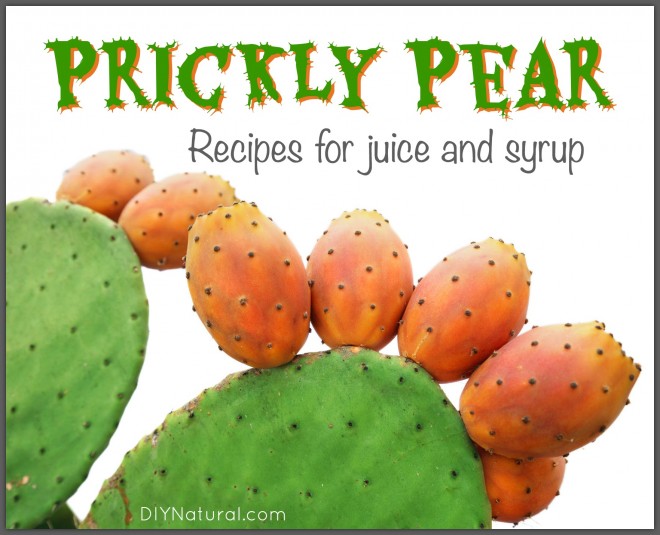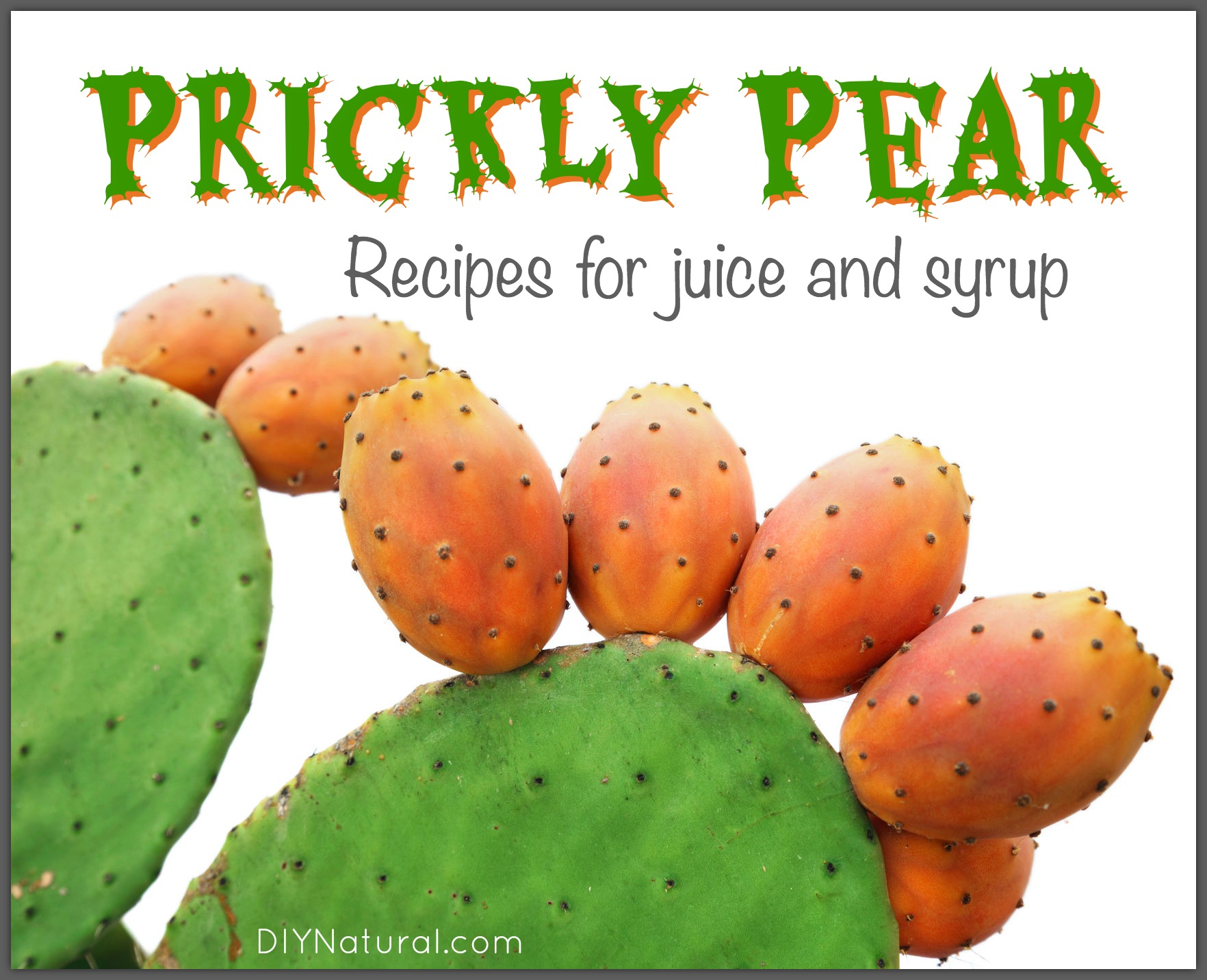
My kids have been singing Christmas carols in their own very messed up ways since before Thanksgiving. They are three and five, so they don’t sing some of the more involved songs. One that is a bit too complicated for them is the 12 days of Christmas. I’m working on introducing them to the song. It’s a great way to work on memory and rhyme.
The most repeated line in the song is the first gift, “a partridge in a pear tree.” The song has variations in many countries, but only in the original English version is there a pear tree.
A Partridge in a Prickly Pear Tree
This year I thought in honor of the silliness of this holiday song I would re-imagine the pear tree into a gift that an herbalist might like. If the partridge were perching in a prickly pear (Opuntia spp.), it would only technically be in a tree on the Galapagos islands. Before I ever met this plant south of the equator I encountered it here in Ohio. My grandmother called it a hardy cactus and grew it in her flower bed. It was a curiosity to have a cactus growing outside through our brutal winters and I always thought it was possible only in the suburbs. I was wrong. We now have an opuntia growing in the most exposed area of our farm and it blooms year after year without interference from us.
Prickly Pear
The prickly pear cactus bears a fruit that can be red, green or yellow-orange. In Mexico, this fruit is used in aguas frescas, a traditional drink. They can now be found in many grocery stores and all you need to know is how to peel them. They must be handled with gloves. Cut each end off and then cut down one side of the fruit. You can see how thick the skin is with the ends off. Once you’ve created an opening you can peel the outer edge off just like a jacket. It is the fruit inside that is used for food and medicine.
Health benefits of the plant & fruit
From a medicinal standpoint, prickly cactus is most helpful for regulating blood sugar levels in diabetics. Both the pads and fruit are used and around 500g per day of any form of either of the two has been shown to beneficially impact blood sugar. This is a little more than two 8-ounce glasses of opuntia juice. They don’t seem to cause a drop in blood sugar in those people who don’t have diabetes, which is good to know! It appears that they are instead, increasing the insulin sensitivity on our cells.
A delicious simple syrup can be made from the prickly pear by first making a juice with the fruit.
Prickly Pear Juice
- 6-12 prickly pears, peeled
Place the peeled prickly pears into a blender. Strain the resulting juice through a fine mesh bag. This should make about 1 cup (8 ounces) of juice.
Prickly Pear Simple Syrup
Ingredients
- 1 cup prickly pear juice (see instructions above)
- ¼ cup filtered water (find the best water filtration systems here)
- ½ cup organic cane sugar (find it here)
Directions
Put everything into a small saucepan and bring it to a boil. Reduce heat and simmer uncovered for 20 minutes or until it is reduce by ¼ and thickened.
Using Your Prickly Pear Syrup
Your prickly pear syrup can now be poured over fruit, ice cream, or oatmeal. This syrup might also make a unique addition to your Christmas party preparations as the main ingredient in your margaritas and daiquiris!
*******




I live in southern AZ, where we have prickly pears in abundance, they grow wild here. I recently took a cooking with foraged foods at our local library, taught by Carolyn Niethammer (she has several wonderful cookbooks on Amazon). Anyways, she taught us that you don’t have to peel or burn the spines off. You still wear gloves, just cut the prickley pear into quarters and throw it all in the blender. When you strain the juice out the stickers get caught up with all the rest of the stuff, and all you’re left with is the juice!
You can also hold the prickly pear or the pad over a open flame and burn off all the thorns.
Hi all! I’ll wait for the first frost then pick the prickly pear with tongs-I don’t have to bend down so far and they come off the pad a lot easier. I fill a gallon freezer bags and freeze them until I have time to process them, say January. When I do juice them, I just thaw then juice with no preparation; the pickers are too sharp and difficult to deal with! I get 2-3 pints of juice / gallon of frozen prickly pear. Enjoy!
I have one heavy duty pair of gloves that are only used for harvesting prickly pairs. So far, the jam is a hit and I love the look of surprise when I tell people what it is.